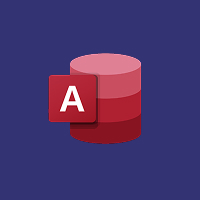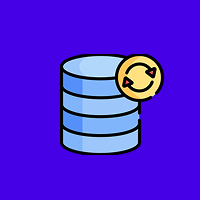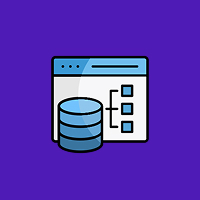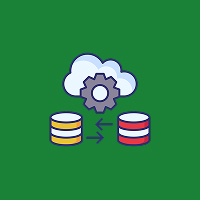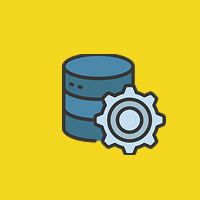ASP.NET Core Razor Pages have proven to be among the most popular means for developing dynamic web applications. The page-centric model reduces development by allowing developers to focus on functionality and eliminate code. This tutorial is going to walk you through the basics of Razor Pages, from your first project to exploring why they’re an advantage over more traditional MVC approaches.
1. What Are Razor Pages?
One of the features that facilitate the process of streamlining the web application development within ASP.NET Core is Razor Pages. It involves HTML and backend code into one single, structured file. This makes the web applications easier to be developed in an organized way. Every Razor Page targets one single function or activity; therefore, it becomes simple to build, understand, and maintain your application.
2. Why Use Razor Pages?
There are several benefits to Razor Pages:
- Page-Based Structure: They are natural and page-oriented, therefore easier and more intuitive for most applications than MVC.
- Less Files and Folders: With Razor Pages, one has only one file per page, which minimizes clutter and keeps the structure in check.
- Better Separation of Concerns: Since Razor Pages keep functionality well arranged, it makes the code more maintainable and navigable.
This structure is magnificent for making user-friendly applications with easy maintenance and expansion abilities.
3. Starting off with a Razor Pages Project
Open Visual Studio. Then create a new ASP.NET Core application. During the new project setup choose Razor Pages as the type of the project. Using this structure, each page will already have a few predefined parts:
- A cshtml file for the view
- A cshtml.cs file for the code-behind
This will organize all things in one place so you can focus on features, not on managing structure within code.
4. Basic Features of Razor Pages
- Page Model: For every page, there exists a corresponding code-behind file (.cshtml.cs), managing the logic-anything ranging from data retrieval and processing to more complex activities.
- Razor Syntax: In Razor Pages, developers use this particular syntax to put C# directly inside their HTML code.
- Handlers (OnGet, OnPost): Handlers handle HTTP requests so that you can deal with interactions directly on the page itself, without dirty routing.
5. Data in Razor Pages
Razor Pages has been developed such that there is no messiness regarding data processing. The necessary data binding to the models of pages, you just fetch the data from databases easily, process it as well and can manage everything without any messiness about data.
6. Advantages of Using Razor Pages
Razor Pages brings a modular approach to ASP.NET Core. With the simplification of code structure, ease in data binding, and clear readability, Razor Pages will enable you to build high-performance responsive web applications that will be easy to maintain with time. This makes Razor Pages the perfect choice for projects that place emphasis on later efficiency and scalability.
7. When to Use Razor Pages vs. MVC
Razor Pages is best suited for page-centric projects or applications that need fast, structured development. MVC is best used in complex routing applications or applications requiring explicit control over layout.
Conclusion
The Razor Pages of ASP.NET Core are the easiest, well-structured method to produce web applications. With robust data handling, simple routing, and a page-centric model, Razor Pages will be a fantastic foundation to use for either simple websites or more complex applications. Razor Pages can be used either to produce a single-page app or more complexly. This way, smooth, adaptable, and efficient results will be produced








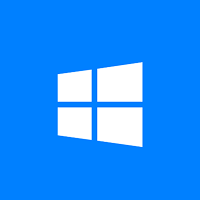




 Database Development
Database Development




